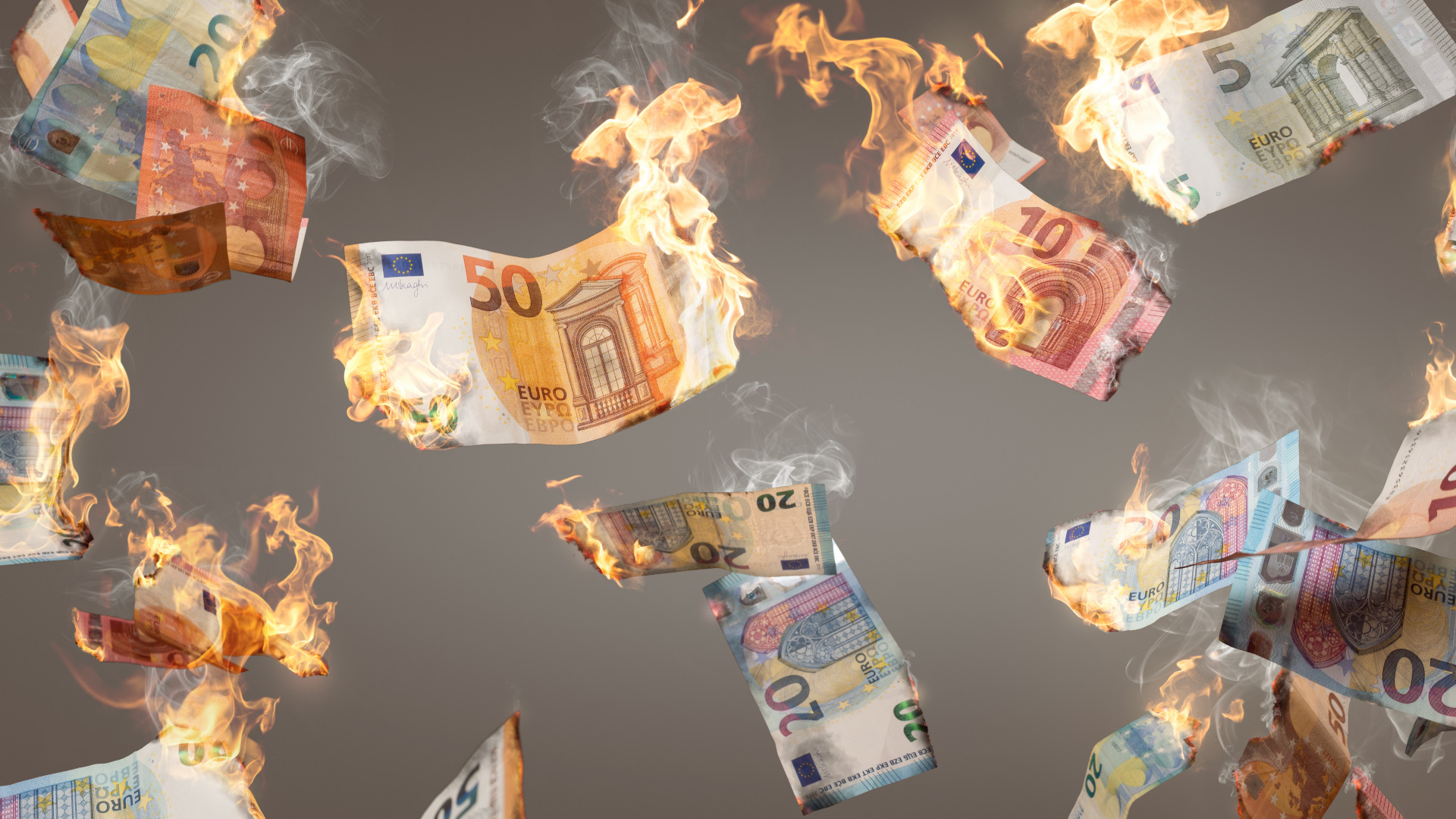
NB: This is an article by Robert Hernandez, Revenue Discovery Analyst at Origin World Labs
The most popular pricing algorithms are great for optimizing Rooms Revenue, but fall short when it is time to consider the impact of rates on all the revenue streams. Unfortunately, that level of RM analysis is no longer enough.
To achieve true Total Revenue Management, you need to follow and value your guests footsteps throughout their stay. This type of analysis begins by digging into the behavior of past guests and this is where things get complicated. Luckily, a couple of very powerful data mining techniques can be used to map out the seemingly random decision process that your guests use.
Market Basket Analysis
Market Basket Analysis is the technique of finding which products appear together in a shopping cart more often. The most famous example, although probably fabricated, is the story of how a grocery chain mined their receipts to find that diapers and beer were purchased together because fathers who were sent out to buy diapers also picked up a little treat for themselves. This finding led the store management to move the diapers next to the beer.
Another example that you have probably been exposed to is “Customers Who Bought This Item Also Bought” offers. Market Basket not only gives you the probability that two items will be in the same cart, but also the overall value of the purchases when those two items appeared together. In hotel guest analysis we can use Market Basket algorithms to find the associations between certain behavior.
The most straight forward analysis is to find the overall value of the complete outlet spend by rate tier or room type. If, for example, superior room guests spend on average between $100 to $200 more per stay in the outlets then you can design a discount for them based on that fact. Market Basket can also help you find who not give discounts to.
Harrah’s casino famously discovered that their best customers were not the high rollers that they repeatedly comped. It was their middle income guests who generated 82% of their income even though they were only 26% of their customers.
Market Basket can be executed at any level of detail. You can find the combination of outlet use that creates the most income and then find what rate, discount, and channel combination drives that type of guest most often to the hotel. This is where you begin to see what channels are driving the best guests and what offers are creating a positive ROI and you can begin to design new rate tiers, promotions, and marketing approaches. That’s Total Revenue Management.
Other guest touch points can also be added to the Market Basket as an analysis item. These include time of check in, check out, room entry and exit, housekeeping and other requests and you can look at it all by length of stay and day of stay.
Decision Trees
Understanding the combination of transactions of a guest is critical, but just as important is understanding the order of these transactions. In a resort there are some activities that cannibalize the revenue of other activities. For example, long spa treatments may prohibit guests from spending at the pool bar or restaurant lunch.
Decision trees are a data mining tool that reveals the probability that two or several activities will happen in sequence. Decision trees are created by splitting a guest’s choice at any given time into branch-like segments. Each branch shows the probability that a choice “path” will be taken.
For example, what is the likelihood that a guest who books through an OTA, 21 Days from arrival, will eat dinner at the restaurant on the second night.
The result of this analysis is that you have a map of the probability that a guest will follow a certain pattern of footsteps, thereby allowing Revenue Management, Marketing, and Customer Service to design special offerings around the most like scenarios.
Decision trees also reveal the bottlenecks that are prohibiting full guest engagement. For example, one resort held on to a checkin policy of 3pm because it was the standard. As a result, many exhausted guests stayed in their room on the first night and ordered room service. The room service menu was limited so the average bill was a fraction of the average restaurant bill.
Guests who checked in before 11am, by paying an early check-in fee, conversely spent the day by the pool, indulging in the pool bar and then half of them ate dinner at the restaurant. By moving the check-in time to an earlier hour and eliminating the check-in fee, the hotel not only increased their first night captures significantly but also gained goodwill among their best customers.
The real power of Decision Trees is that they allow you to see relationships among multiple actions at the same time instead of the limited one-cause to one-effect in which most guest actions are perceived. Trees reveal that guest behavior is varied and complicated, but you can predict it enough to profit from being in front of the guest at each steps.
Obviously these powerful techniques are not available to the vast majority of properties yet. However, for those properties who can invest in such research, the upside is evident. Market Basket analysis and Decision Trees allow you to paint a 360 degree picture of every footstep your guests are likely to take so that you can be one step ahead of them.
Read more articles from Origin World Labs




